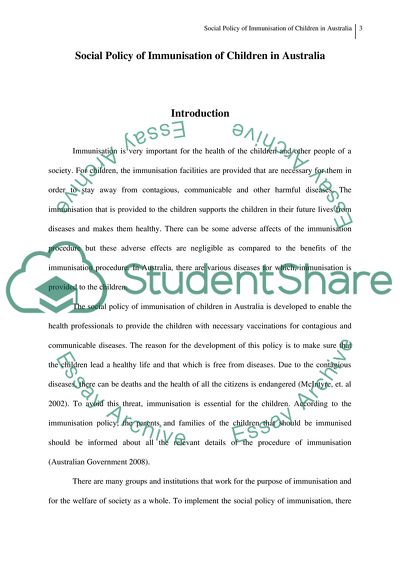Cite this document
(Social Policy of Immunization of Children in Australia Term Paper, n.d.)
Social Policy of Immunization of Children in Australia Term Paper. Retrieved from https://studentshare.org/social-science/1719314-essay
Social Policy of Immunization of Children in Australia Term Paper. Retrieved from https://studentshare.org/social-science/1719314-essay
(Social Policy of Immunization of Children in Australia Term Paper)
Social Policy of Immunization of Children in Australia Term Paper. https://studentshare.org/social-science/1719314-essay.
Social Policy of Immunization of Children in Australia Term Paper. https://studentshare.org/social-science/1719314-essay.
“Social Policy of Immunization of Children in Australia Term Paper”, n.d. https://studentshare.org/social-science/1719314-essay.


